TECH TALK
6 Dec 2022
Tech Talk: UNREAL ENGINE
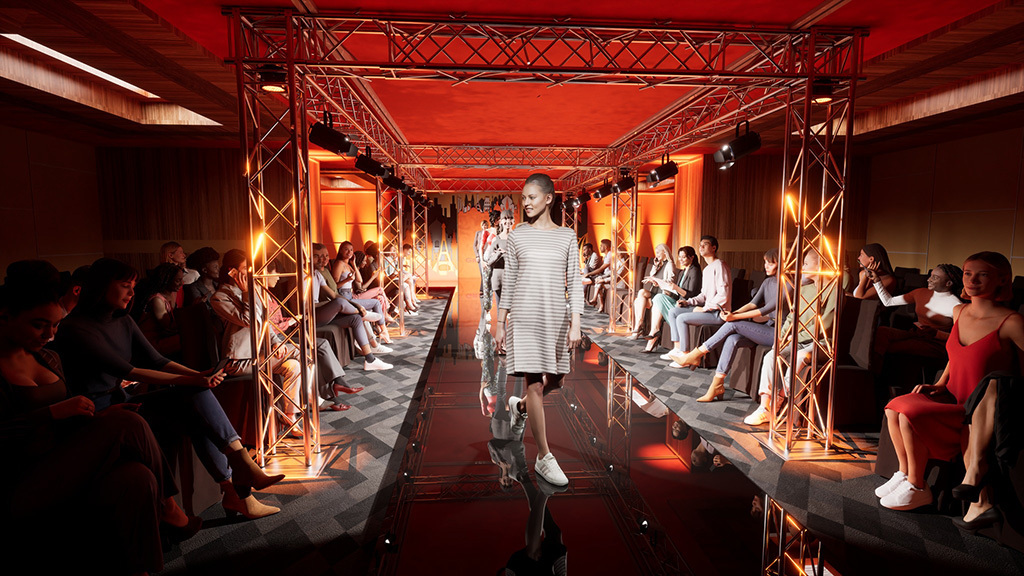
Subscribe to CX E-News
The future of entertainment rendering and 3D modelling…and more?
Unreal Engine is a 3D computer graphics game engine, written in C++. UE was developed by its parent company, Epic Games. The most current version is Unreal 5, which was released in April 2022.
It was originally created as a game engine to create first person shooter games. Thousands of games continue to be produced and released using various versions of Unreal Engine.
You may be familiar with some of the games produced using Unreal Engine. They include:
- Tekken 8 (Bandai Namco Entertainment)
- The Matrix Awakens (Epic Games)
- Fortnite (Epic Games)
- WWE 2K (2K Sports)
- Tony Hawk Pro Skater 1 and 2 (Activision)
- Street Fighter V (Capcom)
- Spyro Reignited Trilogy (Activision)
- Mortal Kombat (Warner Bros. Interactive Entertainment)
- Deadpool (Activision)
- GoldenEye: Rogue Agent (Electronic Arts)
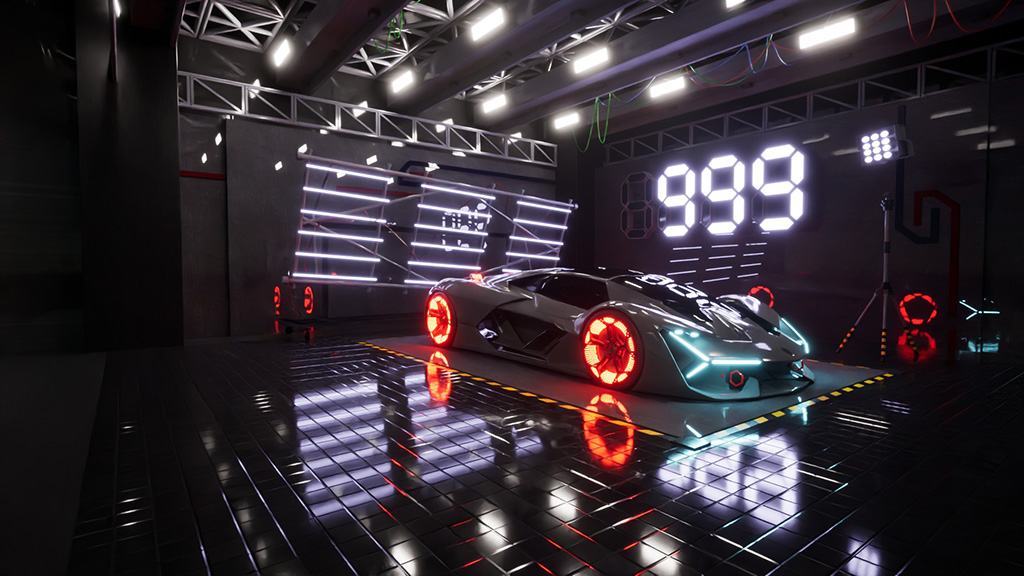
UE is an open source platform. Anyone can utilise, adapt and develop it, thus making it robust and accessible. As enhancements have been made, it has found other uses. Extensive customisation capabilities and cross platform compatibilities have led to multiple high-end uses across a variety of industries. Although a relatively new technology to the entertainment industry, Unreal Engine has been around since 1998.
Unreal Engine is quickly gaining popularity amongst a number of industries outside of gaming. For almost anything needing a quick and easy visual render, people are turning to Unreal. A few examples include:
- New car websites, where you can select your colour, wheels and accessories and you get a preview in real time of how your car will look
- Construction/ Town planning flyovers showcasing a design yet to be built
- Real Estate/architectural walk throughs
- Modelling financial data
- Animations
As it evolves and grows, the technology becomes more useful for those in entertainment and live events.
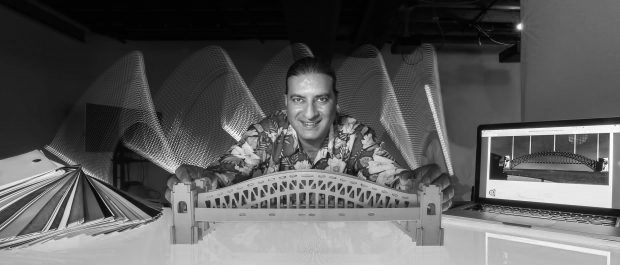
One of the growing number of industry professionals turning to Unreal Engine is Sydney-based Lighting Designer Ziggy Zeigler of ZZ Creative. I interviewed Ziggy about his use of the software and how it integrates into live events.
KH: When did you start using UE and what drew you to it as opposed to its competitors?
Ziggy: I first explored some Unreal products in 2018 when I was looking to create faster and better renders for events and shows. CAD programs could do renders, but it was complicated and took a very long time.
I came across the idea of live rendering that was being used in game engines. These engines were capable of not only showing full detail 3D renders in a live mode, meaning you can move around the space fully rendered and make adjustments, they were also capable of realistic sunlight, light bounce, shadows and weather.
I had also seen the work done on The Mandalorian TV series, and several ads like the new Nissan Skyline where all the sets and sometimes the entire shoot were completed in virtual or semi virtual set ups; no need for onsite shooting any more. At that time, TV studios had discovered the use of Unreal Engine or D3 disguise software to create virtual worlds for their presenters. All of that tied in with the work we had been doing with lighting visualisers like Capture, WYSIWYG, L8 and Depence 2. No other competitor could come close to UE, and all the others had a high price tag.
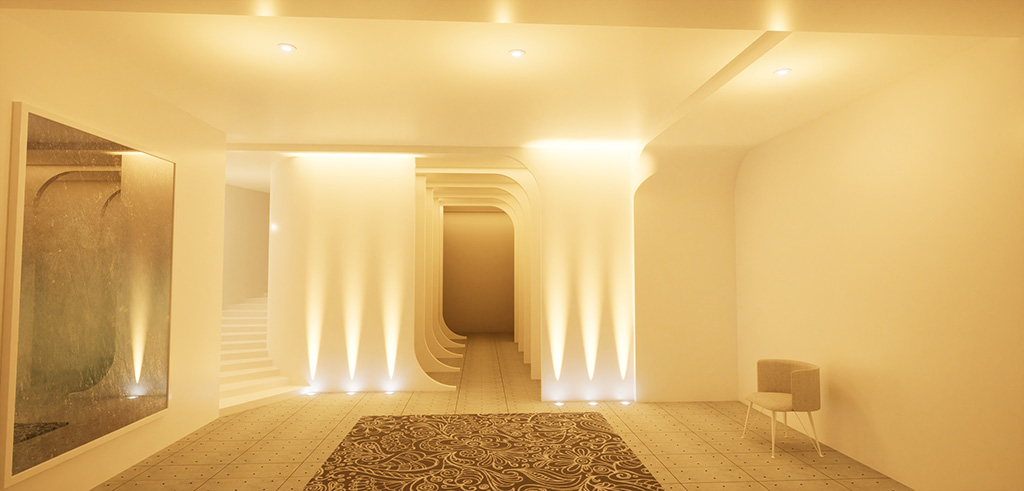
KH: What are the most attractive features?
Ziggy : For starters, it’s free to use. There is a paid version of Epic Games’ Twinmotion visualisation software that only costs around $400, and the only difference between the free and paid version is that the free version lets you output at 1920 x 1080 full HD resolution for video and stills, where the paid version lets you output at full HD, 4k, 8K or 16K resolution. Other than that, all features, saving, models, animation and exporting are available in both.
There are so many YouTube tutorials and tips and hints videos for UE and Twinmotion that it makes it easy to learn. Both Epic Games and lots of users post these regularly. It’s easy to pick up the software and create stunning looking images and videos pretty quickly.

You can also take a 3D file and import it direct into UE for use in film and TV as LED screen virtual scenes for studios, or to place into the UE event lighting visualisers for pre- programming.
Epic have also developed basic moving lights, LED lights and conventional lights that are free to use, as well as trussing and staging systems.
With the Unreal pre-vis DMX module you can customise your pre-vis set up, pre-vis lights and scenes any way you want with very real looking reflections, shadows and global illumination all in real time, which is great for very large outdoor pre-vis. Sites that are several kilometres in size or whole cities, stadiums, or harbours are easier to pre-vis this way.
With Twinmotion you can also add notes, annotations and combine those notes, images and videos into packaged presentations that clients can virtual walk though on a computer or tablet. For example, you can play a video and stop it then turn around the scene inside the video and walk around or look at things then go back and press play and the video continues.
You can also create 360 degree panoramic images for clients and upload your scene or videos to the Epic Games cloud servers so that clients can view it on low-spec machines. You can also use the Twinmotion cloud services to render things for you. Twinmotion also allows you to connect VR headsets like Occulus Rift and do full virtual walk-throughs of your scene. You can look at your lighting pre-vis in 3D virtual headsets using Unreal Engine.
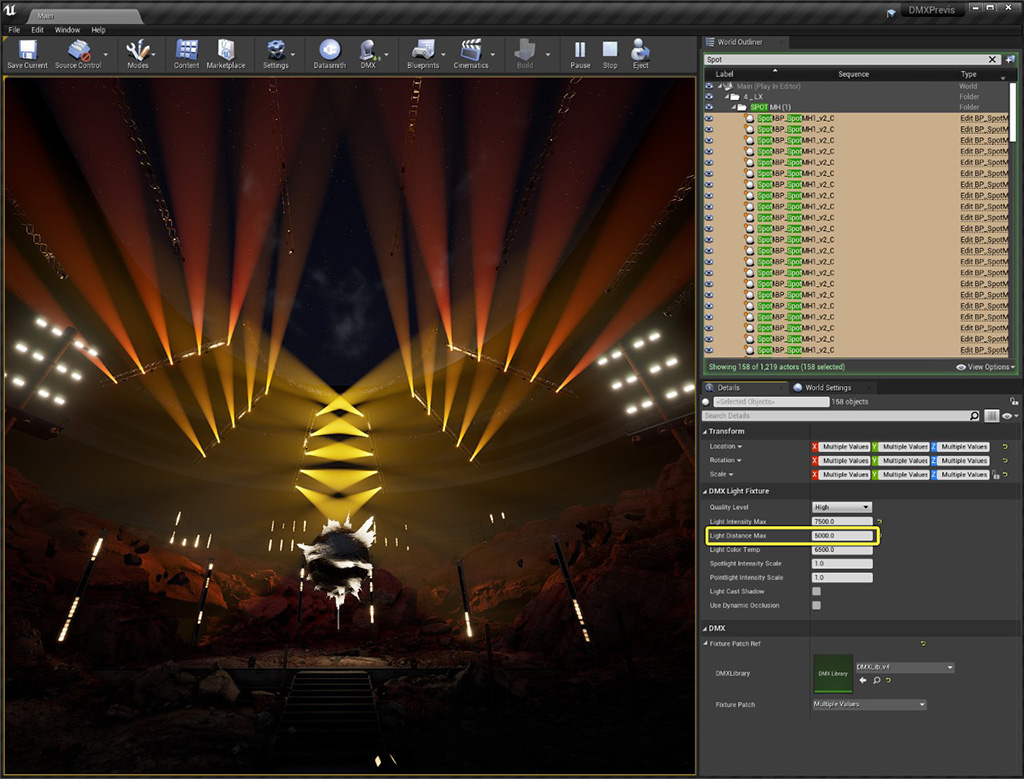
KH: What are the biggest areas for improvement from an entertainment/ events/lighting perspective?
Ziggy: The biggest areas for making things more efficient and realistic are the addition of more realistic stage haze that is less pixelated so that beams look right. Currently only large areas of haze or fog look good, and beams from narrow angled lights look a bit average. An easier way to create effective gobos and projection in your scene out of the box would be very helpful. There are paid solutions for this you can get from the Unreal Marketplace, like Carbon for Unreal, and there are some virtual video projectors you can buy, but having this direct from Epic Games will be more cost effective.
KH: How do you see the future of Unreal in the entertainment industry?
Ziggy: The entertainment industry is amazing but nowhere near as big as gaming or architecture in terms of money worldwide, so development of software and hardware is slow and costly. I think companies like Epic Games and their Unreal Engine will offer opportunities to develop software and hardware at more reasonable costs. It’s already made its way into film, TV, pre-vis and client renders as well as theme park and venue control. I suspect it will be used more or will open avenues for entertainment companies to develop their own software in new ways that are more cost relevant to our industry.

The Future
With the potential UE has, the low barriers to entry, and the speed work can be produced, the hurdles of a steep learning curve and the power of the computer required to run it don’t seem like such insurmountable issues. We could be looking at a future where the Unreal Engine could become the industry standard for rendering and 3D modelling.
It wouldn’t be too far-fetched to imagine the software becoming the go-to for plans. In March of 2021, Vectorworks announced a partnership with Unreal Engine, effectively making file sharing easier and more compatible between the two software platforms.
This list represents a typical system used at Epic Games, providing a reasonable guideline for developing games with Unreal Engine 5:
- Windows 10 64-bit (Version 20H2)
- 64 GB RAM
- 256 GB SSD (OS Drive)
- 2 TB SSD (Data Drive)
- NVIDIA GeForce RTX 2080 SUPER
- Xoreax Incredibuild (Dev Tools Package)
- Six-Core Xeon E5-2643 @ 3.4GHz
As the technology continues to develop, it is becoming more attuned to the needs of the events and entertainment industry. Of particular interest is the high-end graphic engine and the ultra-fast processing speed. UE is being used to create renders, visualisations and fly-overs to showcase and illustrate concepts.
Studies have shown that up to two thirds of people are visual thinkers. Only about a quarter of people think primarily in words. Chances are, if you are looking to pitch a creative idea to a non- technical person/client/potential client, you will need to be able to supply a 3D render in order to have your concept understood – much less agreed to and paid for.
Subscribe
Published monthly since 1991, our famous AV industry magazine is free for download or pay for print. Subscribers also receive CX News, our free weekly email with the latest industry news and jobs.






